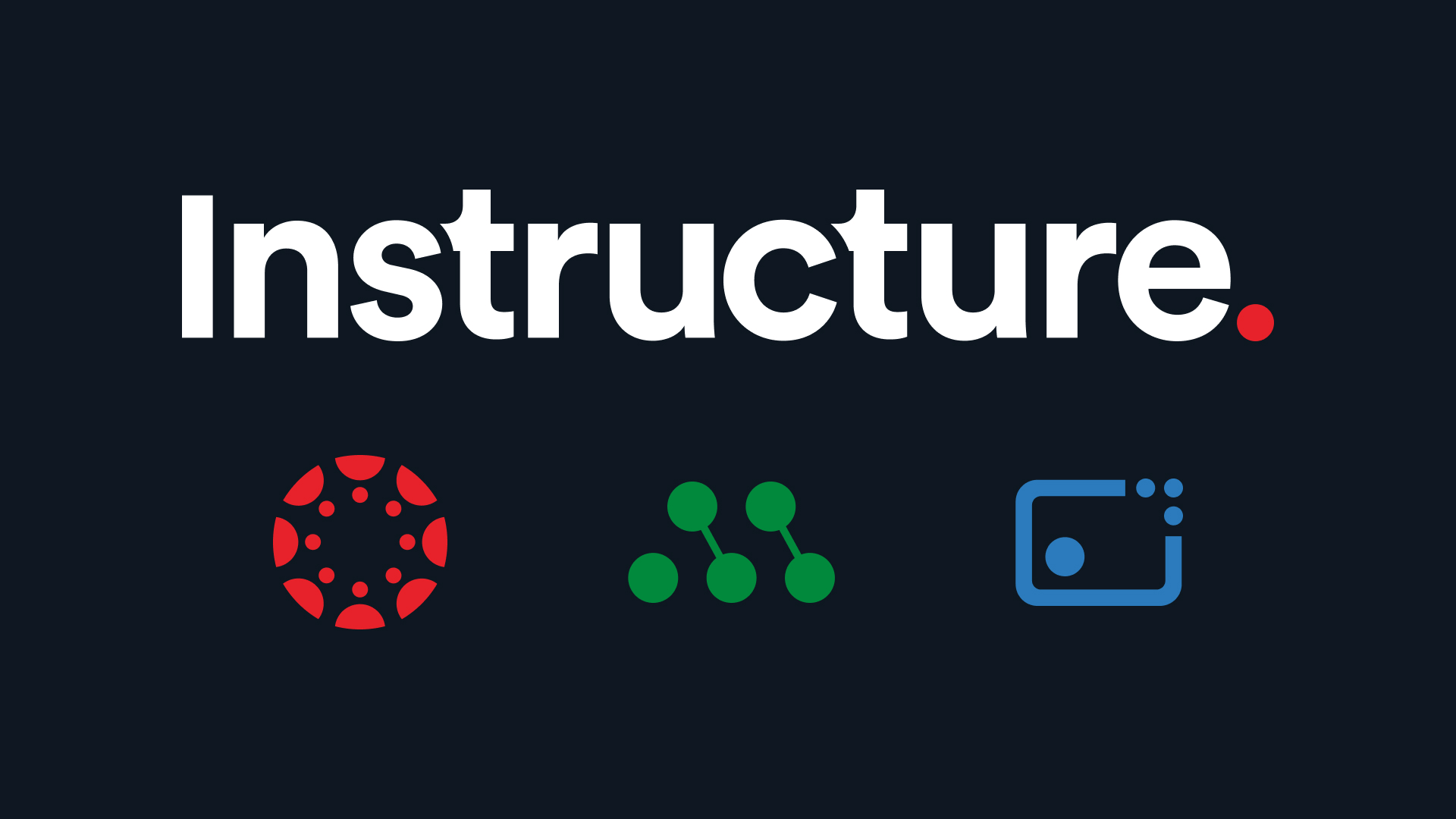Selecting and vetting digital tools that best suit the needs of a district requires keen attention to cybersecurity and data privacy risks, as well as timely access to evidence that an app or tool is committed to safety and privacy protections. Aggregating this evidence and making it a part of your decision-making processes can seem like a daunting task – but it doesn’t have to be.
We have compiled a guide that covers five best practices to incorporate into reducing your district’s greater cybersecurity and data privacy strategies.
Protecting student data privacy isn’t just in the hands of districts - solution providers, teachers, students and families must all work together. In this post, we share two of the five practices; be sure to download the guide for a full look at all five!
Step #1: Clearly communicate approved tools to members of your organization.
Having members of your organization, such as teachers, staff and families, well-informed on which edtech tools are approved for use is critical in reducing the use and spread of unapproved or unvetted edtech tools. With LearnPlatform, these stakeholders have a single place to find and access the district’s library of approved tools.
“We wanted a way to communicate, both internally and externally, with our stakeholders the tools that we felt were safe for our students based on data privacy, curricular and social-emotional goals.” – Kate Masterson, Assistant Director for Digital Security and Privacy Carmel Clay School District, IN (Read blog post)
Since every stakeholder’s needs are different, having a way to communicate specific information to satisfy the needs of particular groups is beneficial. With LearnPlatform, you can create customized edtech libraries tailored to different stakeholder groups to keep communication efficient and effective.
Step #2: Educate your team on privacy and cybersecurity.
Communicating the importance of safe student data privacy and cybersecurity practices can be considered essential knowledge for every member of the K-12 workforce. Educators are using multiple digital tools every day–they must be well informed on the impact of protecting their students digitally. Recently passed student data privacy legislation in states like Illinois and Minnesota underscores this need.
“Data security and privacy are high priorities, and we want to apply best practices to protect our students, which led us to partner with LearnPlatform – the purpose of becoming compliant with our new Minnesota Student Data Privacy Act.” – Josh Sumption, Chief Technology and Information Officer, Southwest West Central Service Cooperative (SWWC), MN (Read blog post)
Putting forth the effort to educate your district’s teachers on why specific tools may or may not be approved for use creates a more accountable workforce than simply denying access to a particular tool or resource. Additionally, providing this kind of transparency will increase buy-in to better implement approved tools.
The complete guide provides more valuable tips and resources to help as you navigate student data privacy. With tech-enabled learning here to stay, it is essential to keep good student data privacy practices front and center.
Related Content
 inst-3step.jpg
inst-3step.jpgBlogs

Blogs
 digging_deep_into_2025s_learning_trends_the_state_of_higher_education_in_anz_-_thumbnail_1.png
digging_deep_into_2025s_learning_trends_the_state_of_higher_education_in_anz_-_thumbnail_1.pngBlogs
